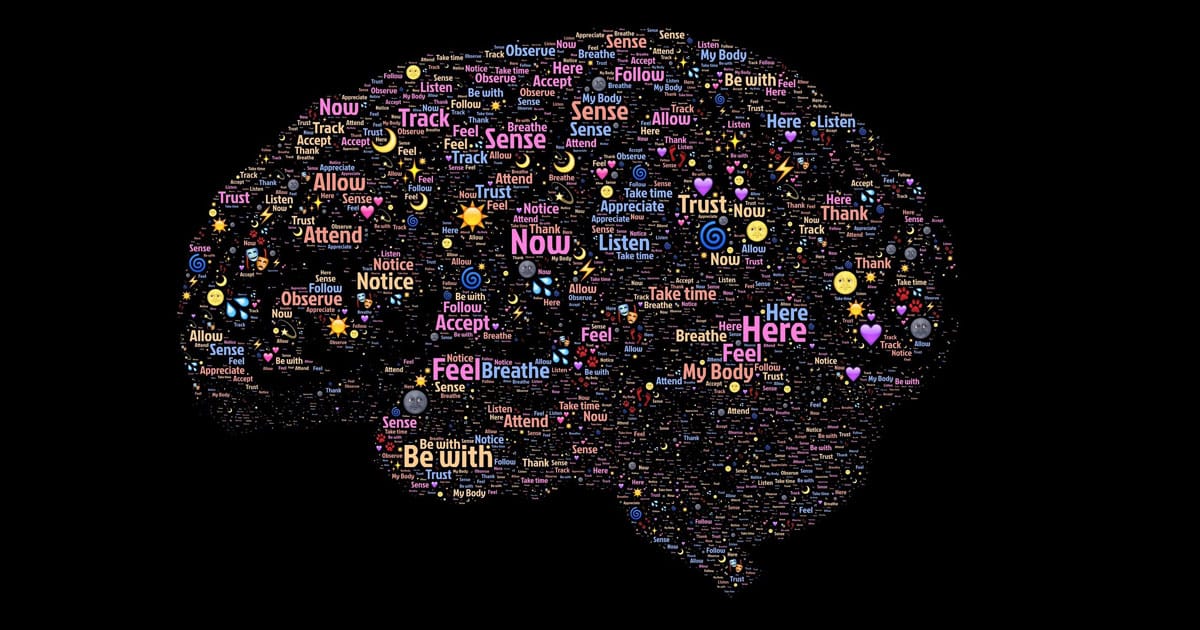When people think of neural networks, they usually are thinking about one of two things: the human brain or some type of machine learning.
Neural Networks and the Human Brain
A neural network is simply an arrangement of pathways that are used to form a complete nervous system that includes a brain. The building blocks of these pathways are neurons. Neurons act as transmitters for information in the form of an electrical current. The information could be based on sensory perception activity from the outside world, stimuli, or commands from the brain to the body’s motor functions.

When large amounts of these neurons assemble together, they look like the branches on a tree. A single intersection point of a branch of this tree is called a node. Groups of these nodes form a biological neural network. Unlike neurons, these neural networks are capable of storing information and making decisions. These neural networks form layers, and these layers form the brain.
When your hand touches a hot stove, your nervous system detects pain and danger and delivers that information through your nervous system to your neural network. Your neural network processes that information and sends a command, not necessarily a conscious one, to remove that hand from the stove. That command is sent from the brain and neural network through the motor system to the hand, and the hand gets away from the stove.
The information about the stove being a danger is also stored in your biological neural network so that your brain can make a prediction when it sees that stove and enacts a response. Later, when you learn how to cook, that information is also stored in your biological neural network, and the danger of the stove becomes a tool to be associated with the preparation of food.
Neural Network and Machine Learning
Machine learning is a method we use for creating artificial intelligence. Deep learning is a subset of machine learning. Machine learning can be defined as the art of using data stored within datasets to create artificial neural networks with artificial neurons whose computational model is based on the networks of biological neurons and nodes within the human brain.
The smallest unit within an artificial neural network is a piece of data entered into a single cell of a dataset. Some of this data can be arranged into algorithms to perform functions, just like some biological neural networks and layers perform functions within the human brain. The most basic algorithm in an artificial neural network is the artificial neuron, which is basically the algorithm equivalent of a switch or conditional statement.
Just like the human brain, these artificial neurons can be used to form neural nets, nodes, and artificial neural networks. These networks can be convolutional neural networks (CNNs) or recurrent neural networks (RNNs). When enough of these artificial neural networks are put together, they form all manner of layers: node layer, hidden layer, input layer, an output layer, next layer, convolutional layer, and more. If the layers get deep enough, you can create a deep neural network or deep learning network.
The information stored in these layers often consists of learning algorithms and training sets. It is possible to train these learning algorithms manually through machine learning, but it is more efficient to have these learning algorithms trained by other algorithms. This method of automated training is called unsupervised learning, and unsupervised learning is what distinguishes deep learning from other forms of artificial intelligence.
Neural Networks Applied to the 21st Century
Thanks to the deep learning that is possible through artificial neural networks, many new applications of neural network architecture are possible in the 21st century, like pattern recognition, image recognition, speech recognition, and object recognition. It is truly amazing to think that this all started from a single neuron!
